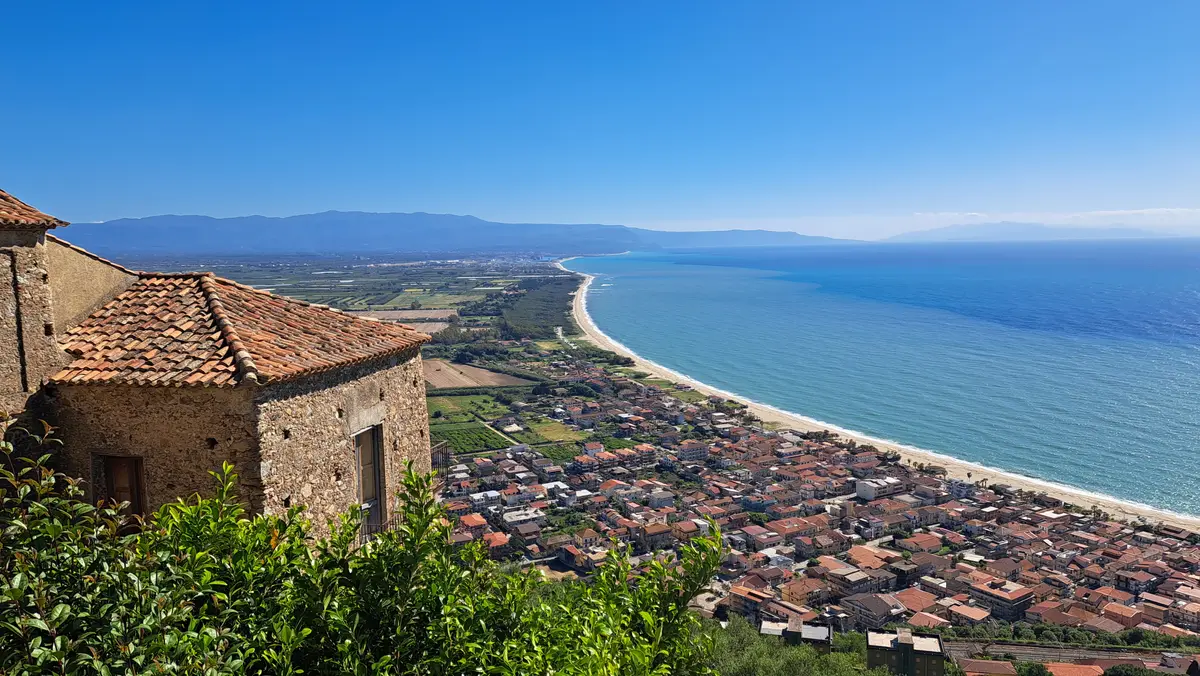A delicious journey through Calabrian Easter sweets
Calabrian Easter confectionery specialities, from biscuits to spirits
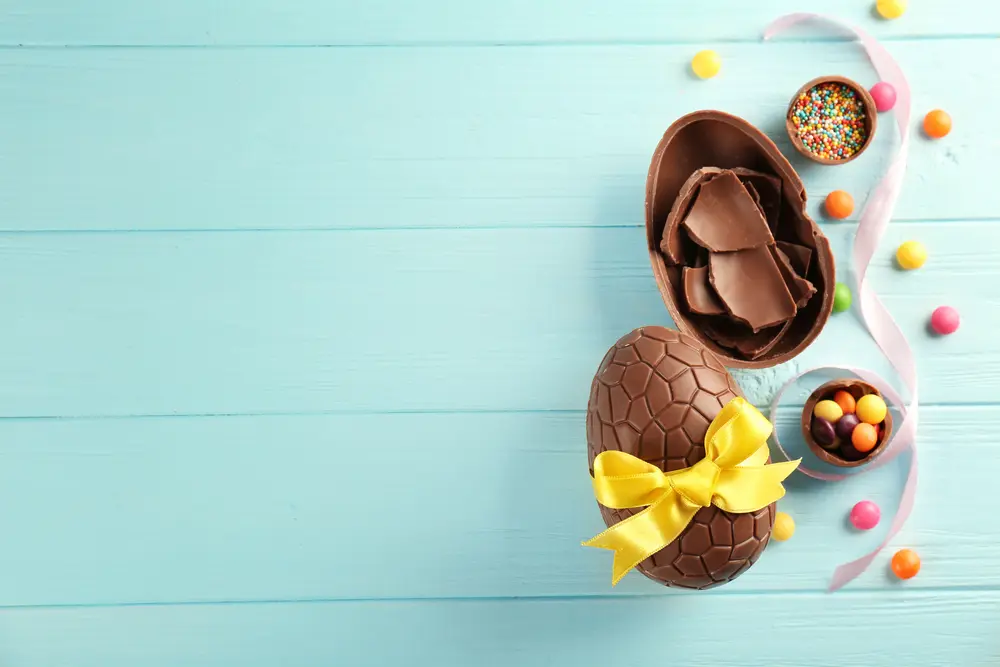
Food and wine
Africa Studio/Shutterstock
Visiting Calabria at Easter is the best way to sample some of the local pastries and delicacies of spring.
Once Lent is over, the period of preparing Calabrian Easter sweets begins. Goodness born from ancient popular and peasant traditions, now reworked by master pastry chefs with a touch of originality and attention to organic and branded products.
The journey among Calabrian Easter sweets is transversal. It takes us on a tour of all the provinces, some linked by common preparations, others with specific local peculiarities.
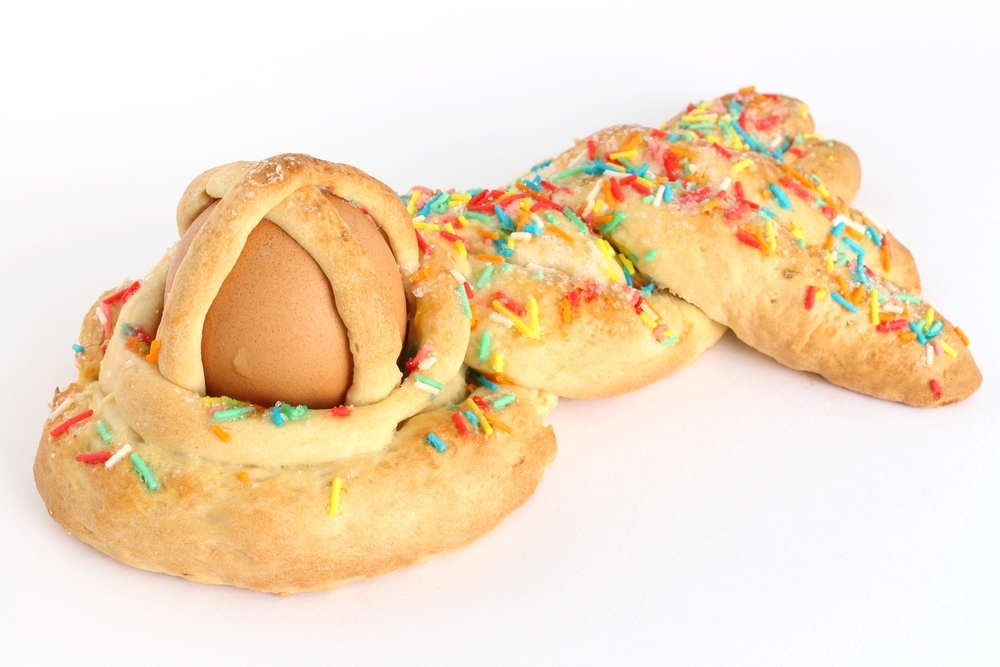
Cuzzùpe and biscuits
The undisputed queen of Calabrian Easter sweets is the Cuzzùpa.
The name can vary according to the area of origin: from cuzzùpe to gute from Reggio Calabria and the surrounding area (softer, with a brioche consistency), to cudduràci from Cosenza. Even the shape varies according to the locality or the taste of the person making them: from those that explicitly recall Easter symbols (for example fish) to those in the shape of a chicken or heart.
Whether you call them one thing or another and serve them in different shapes, the substance does not change: it is a biscuit dough, or one with a softer consistency, prepared a few days before Easter Sunday and decorated with one or more whole eggs cooked in the shell (which become hard-boiled in the oven).
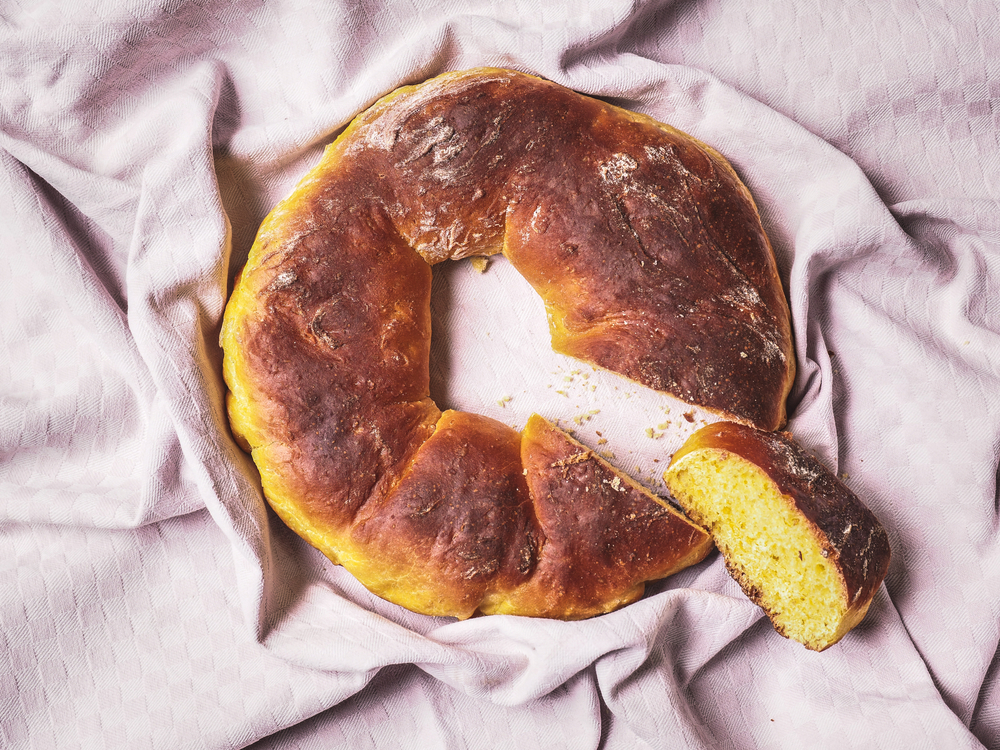
The egg, linked to rebirth and Easter, also recalls an ancient love tradition. In the past in many countries, in fact, Easter time coincided with a romantic exchange, on the occasion of which girls betrothed gave their boyfriends a cuzzùpa as a token of love: the more eggs it contained, the greater the sentiment.
Similar to cuzzùpe, Cuddùre (or curùji) are twisted doughnuts, fried or baked, sweet or savoury, identified by the PAT mark (Prodotto Agroalimentare Tradizionale - Traditional Food Product). The name derives from the ancient Greek, κολλύρα or kollýra (loaf), while the shape is said to have been used by shepherds and travellers who used to put them in their walking sticks and carry them with them on long journeys.
Finally, the Easter table in Calabria cannot be without iced biscuits in all their variations. The 'Ncinetti o fiscòtta, in the province of Vibo Valentia, are covered in sugar icing flavoured with the grated peel of a lemon. Delicious dipped in milk and tea, even at breakfast, Calabrian Easter biscuits represent a sweet childhood memory that is impossible to give up.
Candied fruits, cottage cheese and spirits
The star of Calabrian confectionery during the festive season is candied fruit, citrus fruits in particular.
Whether it is Bergamot of Reggio Calabria PDO, Citron of Calabria PDO or zest from local oranges and mandarins, Clementines of Calabria PGI or Lemons of Rocca Imperiale PGI, the product of candying is always a delight and is the (not too) secret ingredient that gives confectionery preparations that extra touch.
Another staple of Calabrian pastries and Easter in general is ricotta. Among the most prized is ricotta di Capra Aspromontana in combination with some superior varieties of Calabrian honey (chestnut, arbutus, sulla and eucalyptus).
How to end the meal? Toasting with the excellent Calabrian spirits: bergamot, citron, limoncello, nocino, liquorice, fragolino, anise, fennel, muscatel and field herbs are the perfect end to Easter in Calabria.
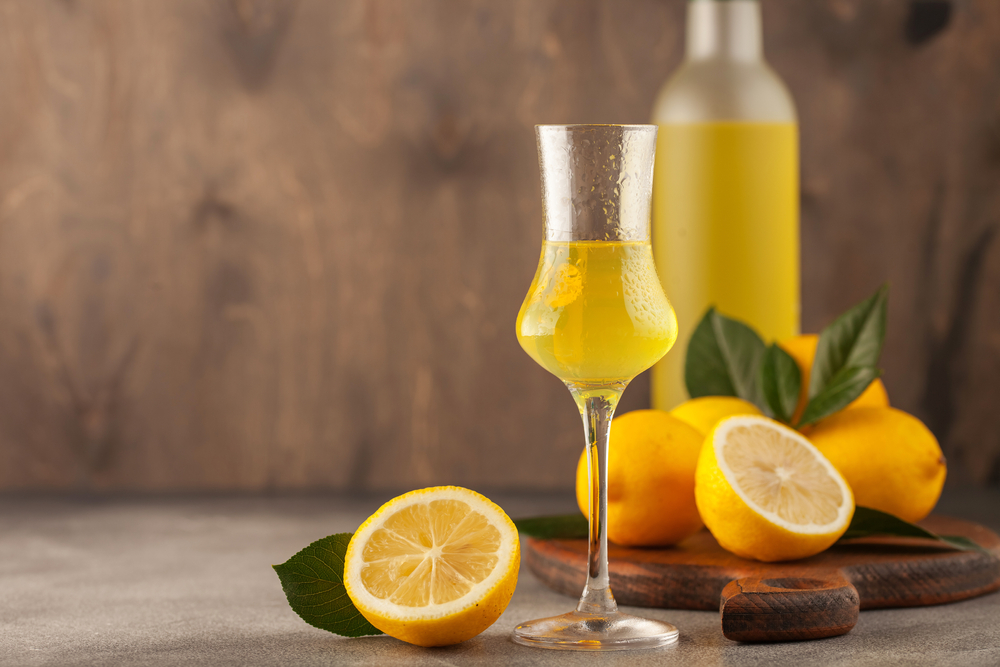
https://calabriastraordinaria.it/en/news/a-delicious-journey-through-calabrian-easter-sweets


